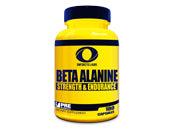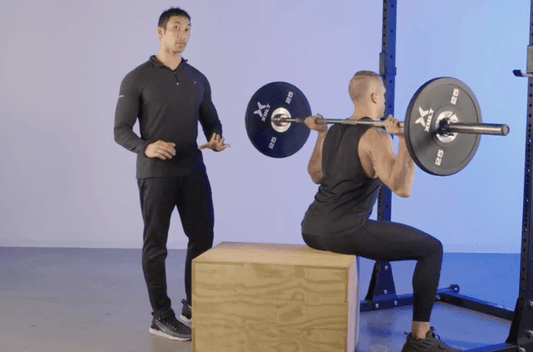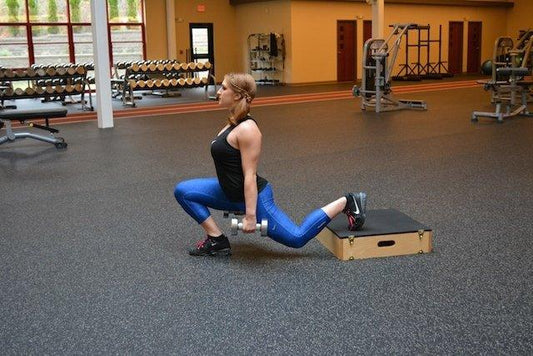

How Many Sets Does it Take for Maximal Muscle Mass
Table of Contents
Lee Haney was a big proponent of high volume training. There are many high volume training principles, such as FST-7, German Training Volume, and Giant Sets, etc., but is there scientific proof that any of these high volume training techniques work for putting on size? If you look at single sets compared to multiple set exercise programs, multiple sets have been shown to produce greater gains in muscle mass and strength compared to single sets5. In this month’s European Journal of Applied Physiology researchers suggested that a greater volume of resistance exercise turns of signaling proteins for increased protein synthesis! Resistance exercise causes the acute increased in several mediators of protein synthesis, in particular mTOR, p70S6 kinase (p70S6k), and the ribosomal protein S6, which are thought to regulate muscle protein synthesis1, 2, 3. Moreover, previous research has reported that the increases p70S6k following an initial bout of resistance training is closely correlated with the increase in human skeletal muscle mass after a few months of continuous training3.
Researchers from Greece took subjects and before exercise, on an empty stomach, had a muscle biopsy performed and then the subjects were broken into three groups:
Group 1: Performed 1 Set of a 6-Repetition Maximum
Group 2: Performed 3 Sets of a 6-Repetition Maximum
Groups 3: Performed 5 Sets of a 6-Repetition Maximum
Immediately after exercise, the subjects had another muscle biopsy taken to examine the changes from pre- to post-exercise.
Higher Volume Increases Muscle Regulators of Protein Synthesis

At the end of the study, two key regulators of protein synthesis , p70S6 kinase (p70S6k), and the ribosomal protein S6 were increased acutely after exercise to an extent depending on the exercise volume. To break down the study clearly, the group that performed the 5 sets of exercise had greater increases in molecular responses of protein related to muscle hypertrophy. It’s interesting that the protein p70S6 kinase is closely related to the extent of muscle hypertrophy induced by 14 weeks of resistance training3. It also must be mentioned that the proteins p70S6 kinase (p70S6k), and the ribosomal protein S6 are elevated in primarily type II fibers which are the most prone to muscle hypertrophy and have no apparent effects on type I muscle fibers4. In sum, this is the first study to acutely look at the molecular events associated with performing more sets and it seems that molecular proteins enhancing muscle hypertrophy are responsive to the number of contractions performed which may lead to enhanced muscle mass following high volume exercise. The study also sheds light as why powerlifters whom use much more weight than bodybuilders have lower muscle mass than bodybuilders, as the study reports that several key mediators for muscle protein synthesis were impacted by the degree of muscle contractions. In sum, performing more exercise volume seems to be a key factor in increasing muscle protein synthesis.
- Deldicque L, Theisen D, Francaux M (2005) Regulation of mTOR by amino acids and resistance exercise in skeletal muscle. Eur J Appl Physiol 94:1–10.
- Dreyer HC, Fugita S, Cadenas JG, Chinkes DL, Volpi E, Rasmussen B(2006) Resistance exercise increases AMPK activity and reduces4E-BP1 phosphorylation and protein synthesis in human skeletal muscle. J Physiol 576:613–624.
- Terzis G, Georgiadis G, Stratakos G, Vogiatzis I, Kavouras S, Manta P, Mascher H, Blomstrand E (2008) Resistance exercise-induced increase in muscle mass correlates with p70S6 kinase phosphorylation in human subjects. Eur J Appl Physiol 102:145–152.
- Tannerstedt J, Apró W, Blomstrand E (2009) Maximal lengthening contractions induce different signaling responses in the type I and type II fibers of human skeletal muscle. J Appl Physiol 106:1412–1418.
- Ronnestad RB, Egeland W, Kvamme NH, Refsnes PE, Kadi F, Raastad T (2007) Dissimilar eVects of 1 and 3 set strength training onstrength and muscle mass gains in upper and lower body in untrained subjects. J Strength Cond Res 21:157–163
- Terzis, G., Spengos, K. Mascher, H. Georgiadis, G., Manta, P., Blomstrand, E. The degree of p70S6k and S6 phosphorylation in human skeletal muscle in response to resistance exercise depends on the training volume. Eur J Appl Physiol. Ahead of Print.
MUSCLE MEDIA MAGAZINE FOR MEN
The premier source of training, nutrition, supplements, fat loss and health for men.



















How Many Sets Does it Take for Maximal Muscle Mass
by: Robbie Durand
The Lee Haney Era was from 1984 to 1991, Lee Haney won a record eight consecutive Mr. Olympia’s before retiring from the stage at only 31. At 5’11 and 240, he was a transitional figure, ushering bodybuilding from the “lightweight era” of under-200 Mr. O’s just before him, to the modern era of mass monsters that followed just after. Haney bridged this gap by combining a new level of size with a tight waist and classical lines bodybuilder. Call it mass with class. His torso muscles (back, chest, delts, traps) were his strength, but his back was legendary. A typical Lee Haney workout consisted of: